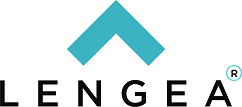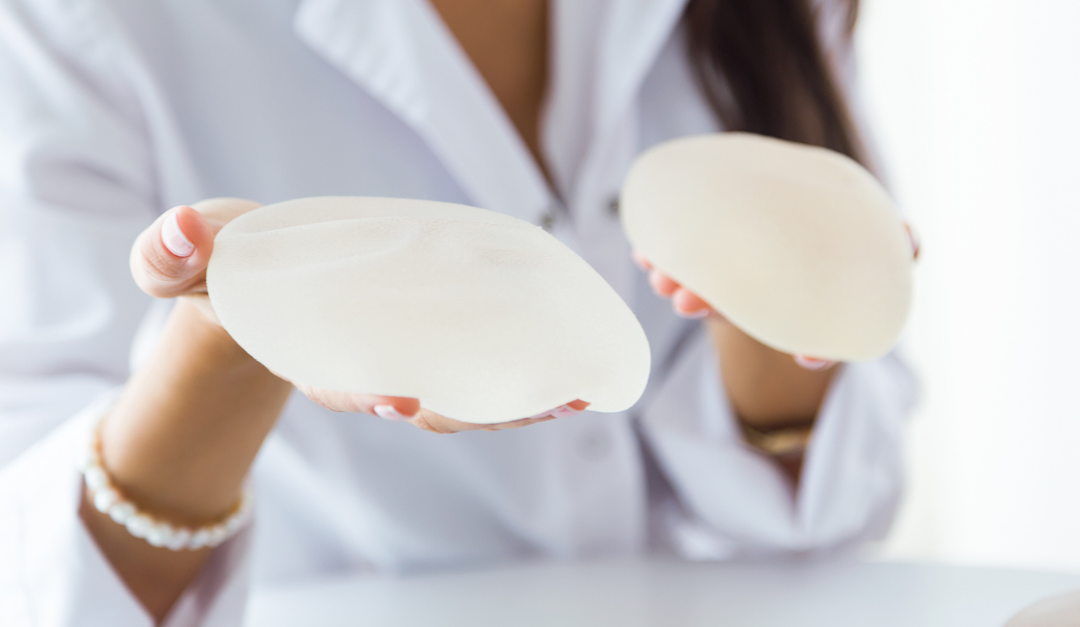The breast implant market is poised to welcome significant innovation with the anticipated U.S. launch of Motiva Implants®, which has already captured considerable market share internationally. This blog post will explore Motiva’s journey toward FDA approval and its potential impact on the U.S. market.
In the aesthetics industry, advancements continue to push boundaries. This offers individuals new ways to enhance their appearance and boost their confidence. One of the innovations that has garnered attention in recent years is Motiva implants. Motiva Implants® are designed with cutting-edge technology to enhance aesthetic and reconstructive breast surgeries. Key features include a variety of shapes and sizes, a proprietary silicone gel called ProgressiveGel Plus, and a unique shell surface known as SmoothSilk®. These implants aim to offer a more natural feel and appearance compared to traditional implants. These implants are a fusion of technology, safety, and aesthetics, offering not only a natural look but also a heightened sense of comfort for clients considering breast augmentation.
Important Features of Motiva Implants Include:
- SmoothSilk®/SilkSurface: This technology involves a unique implant surface designed to minimize inflammation and reduce the risk of complications such as capsular contracture.
- TrueMonobloc®: This design connects all implant components, enhancing durability and integrity.
- BluSeal®: A visual safety barrier that ensures the implant shell integrity, allowing surgeons to confirm the barrier is intact before implantation.
- ProgressiveGel®: This offers a range of gel firmness tailored to patient needs and preferences, aiming for a more natural feel and appearance.
- Q Inside® Safety Technology: A micro transponder within the implant that can be scanned to access implant-specific data, potentially enhancing safety and traceability.
One of the key factors driving interest in Motiva implants is their focus on safety and customization. With advancements such as TrueTissue Technology, which mimics the suppleness of natural breast tissue, and the Q Inside Safety Technology, an embedded micro transponder that allows for enhanced traceability and authentication, Motiva offers a comprehensive solution for patients and surgeons. The potential introduction of Motiva breast implants to the US opens up new avenues for patients seeking breast augmentation or reconstruction.
It is important to consider that Motiva implants innovative technology within the nanotexture surface, which has yet to be seen in the US market. Implants typically have either a smooth, slippery surface or a textured surface that could be compared to carpet. Historically, many surgeons preferred textured breast implants, but with the increase of ALCL, they returned to smooth implants. Many of the textured options are no longer available due to the risk of them causing ALCL (a rare lymphoma associated with breast implants). This leaves a majority of the market offering only smooth implants. The smooth implants are much less likely to cause ALCL but are more likely to cause capsular contracture or unwanted tightening of the lining around the implant. This remains one of the most common issues with breast implant surgery. Motiva has been shown in studies to reduce the risk for both ALCL and capsular contracture and could very well be the answer to the most commonly seen problems in breast augmentations.
FDA Clearance:
The U.S. Food and Drug Administration (FDA) has a rigorous evaluation process for medical devices. While Motiva implants have yet to receive FDA approval, their manufacturer is actively working towards this goal. The FDA approval process involves comprehensive clinical trials, data submission, and regulatory review. Establishment Labs, the company behind Motiva, has reached a crucial milestone by submitting the final module required for FDA premarket approval. This submission is the growth of extensive clinical testing and development, signaling readiness for U.S. commercial distribution expected to commence in about four months.
Global Presence and Market Adoption:
Globally, Motiva Implants® have been adopted in over 80 countries since their introduction in 2010. The implants have gained popularity due to their advanced design and the positive feedback from users regarding their safety and aesthetic results. This widespread acceptance underscores the high expectations for their launch in the U.S. market. Establishment Labs is one of the only companies that publish their third-party product validation results publicly, showing confidence in their products. Beyond the FDA, Motiva implants have also earned international certifications. These include the CE mark in Europe, which indicates that the product meets the European Union’s health, safety, and environmental protection benchmarks.
Dr. Jared Blau, a Plastic Surgeon in New York (https://www.askamelia.com/providers/dr-jared-blau) offered insight into the specifics of Motiva implants and their potential market possibilities. He stated, “In Europe, there are many more implant brands available, so with each manufacturer having different texturing methods, there are more brands with good results and no recall. Allergan, one of only three US companies, recalled their textured implants, leaving just two companies out there. And with the large market share Allergan had, you have to consider how many US patients were affected by the recall and the concern for ALCL.” He believes that textured implants will see a resurgence in the US market with the arrival of Motiva and other innovations from different companies.
Regulatory and Clinical Studies:
Motiva Implants® have undergone rigorous testing and clinical studies to ensure their efficacy and safety. These studies are crucial for FDA approval and have also been instrumental in securing approvals in other international markets. U.S. clinical trials have extensively tested various aspects of implant performance and safety. In one large study of women undergoing breast augmentation with Motiva implants, the capsular contracture rate was very low, at 1.8%. By utilizing the nanotexturing process, it is thought that the risk of both ALCL (a rare lymphoma associated with breast implants) and capsular contracture will be lower, as was proven in the study above.
Future Outlook and Expansion:
The anticipation surrounding FDA approval for Motiva implants is palpable within the aesthetics industry. For patients and practitioners alike, the potential introduction of Motiva implants to the U.S. market represents an exciting advancement in the field of breast augmentation.
With the U.S. market introduction on the horizon, Establishment Labs is also focusing on expanding its manufacturing capabilities and enhancing its research and development efforts. The company’s new Sulàyôm campus is set to support this growth, ensuring the production of Motiva Implants® meets the anticipated demand.
As the U.S. market prepares to welcome Motiva Implants®, patients and surgeons may soon have access to a product combining innovative design with proven global success. This development represents a significant advance in medical aesthetics and reinforces the importance of patient safety and product quality in breast implant technology.
Note: As Motiva Implants® are still pending final FDA approval for commercial distribution, all prospective users should consult with healthcare and legal professionals to understand their situation’s current status and implications.


